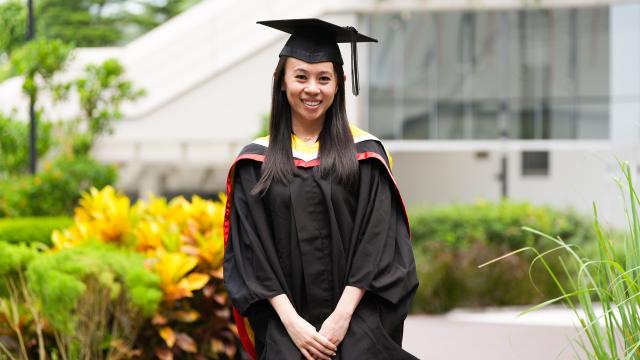Driven by a fascination with Gen AI and equipped with expertise in Internet-of-Things (IoT), Lead Professional Officer Neo Sua Hong leverages his skills to tackle real-world issues.
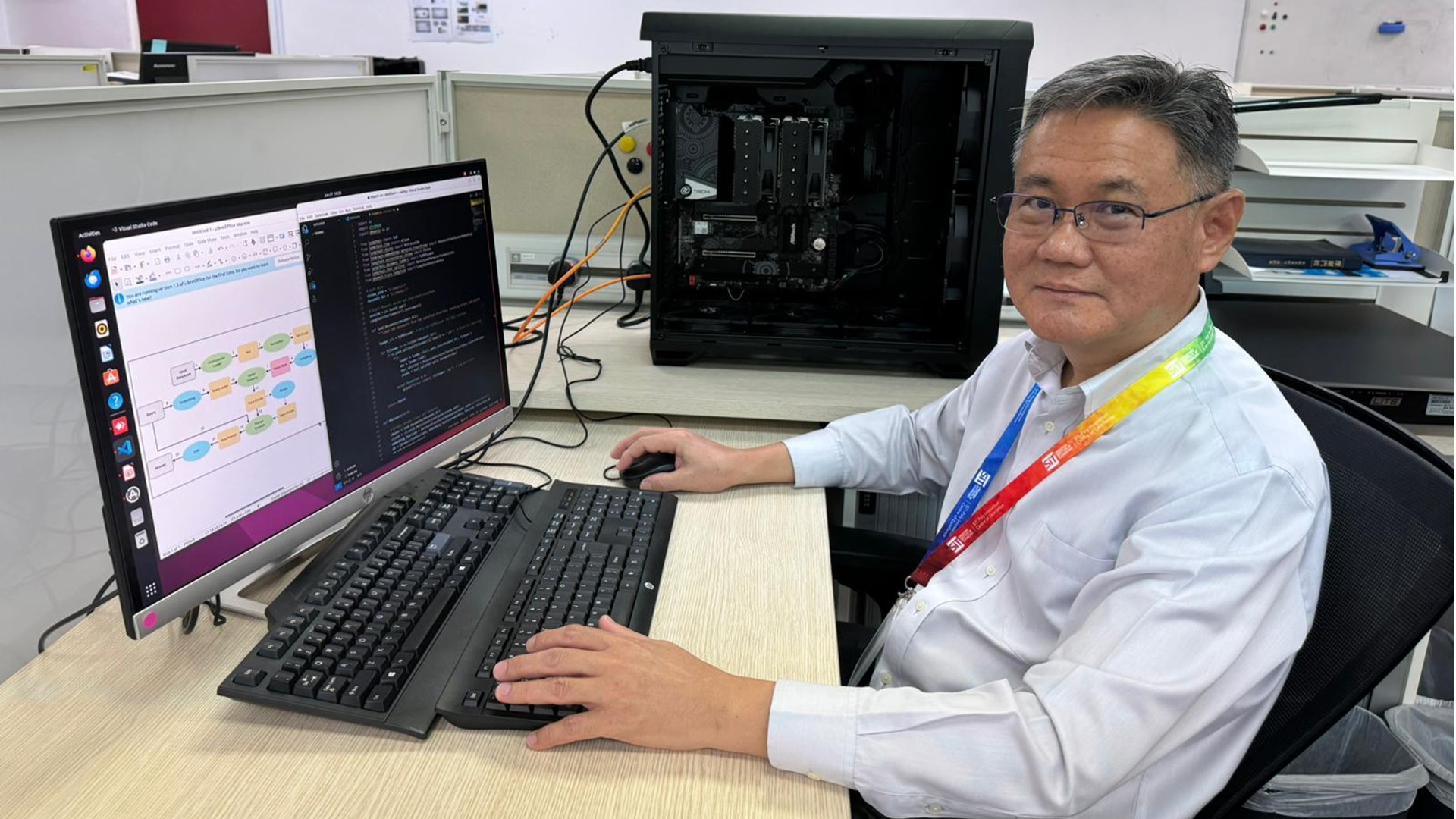
Mr Neo Sua Hong, Lead Professional Officer, brings over three decades of industry experience with him. (Photo: Neo Sua Hong)
In August last year, signal processing & machine learning engineer Neo Sua Hong made a bold move. After 32 years in the industry, he quit his job as a senior R&D manager and entered the world of academia.
Having seen the latest developments in Generative Artificial Intelligence (AI), such as ChatGPT, take the world by storm, he was intrigued and wanted to learn more about how to use it to solve real-world problems.
“In the AI era, technology keeps improving at a breakneck speed,” noted Mr Neo, who joined the Singapore Institute of Technology (SIT) as a Lead Professional Officer and now works on AI and Internet-of-Things (IoT) solutions for the university’s industry partners.
“Here, we have more freedom to choose what to learn and what projects to do. In a way, I’m ‘back in school’ to pursue my interests in Gen AI and IoT while passing on my experience to students,” added Mr Neo, who brings a wealth of industry experience from his previous jobs at Panasonic R&D Centre Singapore, Leica Microsystems, and HCL Technologies.
Driving Innovation with a Blend of Gen AI and IoT
From harnessing Gen AI to design a career coaching chatbot to using IoT to help a company create a low-cost parcel delivery locker, he has had his hands full with industry projects over the past few months.
It is exciting to “learn about the different companies in Singapore (across industries) that need technological solutions”, noted Mr Neo, whose projects come from the SIT-Polytechnic Innovation Centre of Excellence (SPICE) and Rapid Product Innovation & Development (RaPID) Centre at the university.
He is often assisted by a number of research engineers and second-year SIT students.
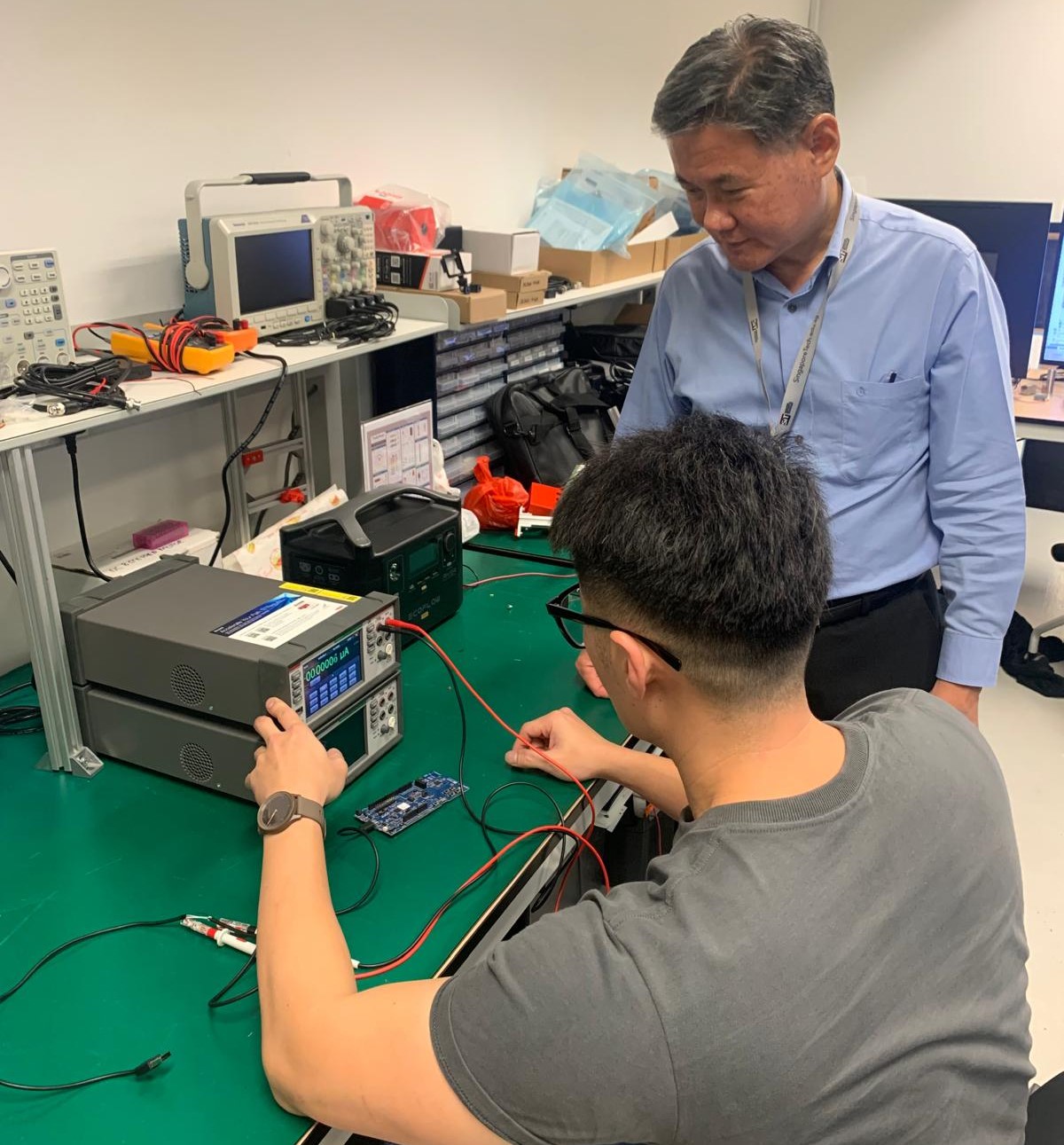
Mr Neo and Research Engineer Ng Jinh Hao working on an IoT project in RaPID laboratory at SIT@Dover. (Photo: Neo Sua Hong)
“Because I work directly with the students in these projects, they can learn from me or the research engineers. We work as a team, and I treat them like one of the engineers,” said Mr Neo, whose time at Panasonic saw him co-author 23 patents and contribute audio and speech signal processing technologies to the company’s Blu-ray Disc, DVD and other products.
‘Get Your Hands Dirty’
Mr Neo, who graduated from the National University of Singapore with an MSc in Electrical Engineering 30 years ago, is a proponent of continuous learning. As Capability Development Lead (Software Engineering/Programming), he leads research groups, identifies professional officers with relevant skills for industry collaboration projects, and suggests training courses for SIT staff.
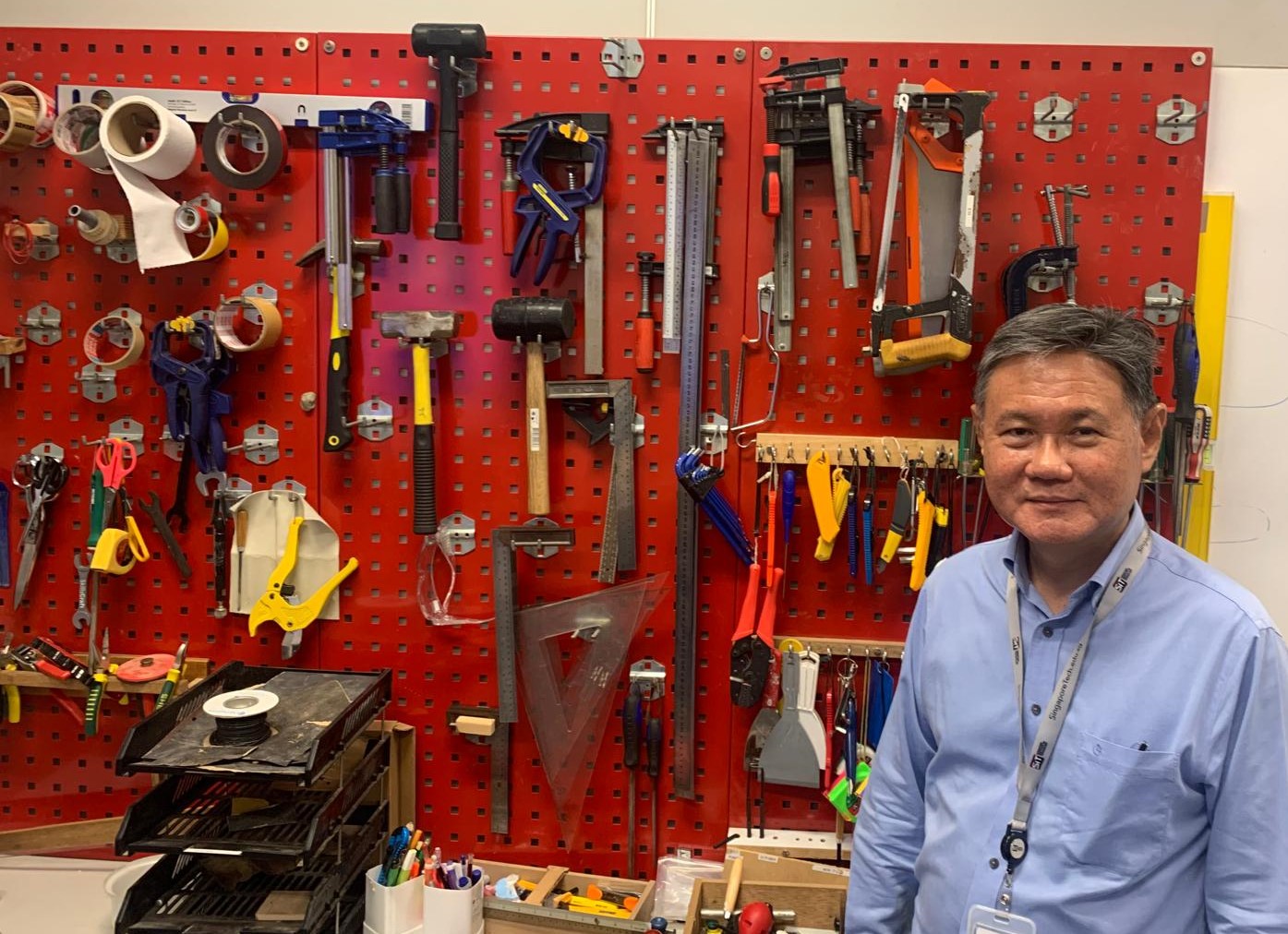
Mr Neo at SIT’s makerspace at SIT@Dover, where prototyping work can be done. (Photo: Neo Sua Hong)
He practices what he preaches. His mornings are usually spent reading research papers, watching AI-related training videos, or doing hands-on programming using Python. He also works with LangChain, a framework that makes it easier to create Gen AI applications powered by large language models (LLM) that can recognise and generate human language text.
“If you want to learn AI and machine learning, the best thing is to get your hands dirty by being hands-on,” he said with a chuckle. “Sometimes, DeepLearning.AI (an education technology company) will hold workshops that are free of charge. There are many of these coming up on Udemy, Coursera, and even YouTube.”
Navigating the Future
While he enjoys his work at SIT, he acknowledges challenges, such as the smaller team of support staff compared to the industry, difficulty gathering enough data, and finding powerful computers for training and testing AI models.
He navigates these hurdles by exploring ways to partner with companies to gain access to data and resources and garnering support from fellow professional officers and faculty. More potential projects are in the pipeline.
“The applications for Gen AI are extensive in many areas such as healthcare and education. A lot of small companies are looking to use Gen AI to improve their productivity,” he noted. “For example, we have some construction companies sharing that they want to use an AI chatbot to train their workers and impart safety knowledge in the daily briefing.”
Mr Neo is also fascinated by the potential combined strengths that Gen AI and IoT can bring. Smarter, more efficient and responsive systems can be created to address various real-world problems across different domains.
In industrial IoT, Gen AI can predict when machinery or devices are likely to fail, allowing for timely maintenance and reducing downtime, and ultimately leading to cost savings and improved efficiency. Logistics companies could also use Gen AI to rapidly create a quotation for the cost of delivering an item without human intervention. Another potential project is to use AI to assess students’ mental well-being.
As he gathers new experiences and sharpens his skills, the journey of discovery continues.
“I am learning ahead of my students so I can pass my knowledge on to them – which makes me a kind of student as well,” he quipped.
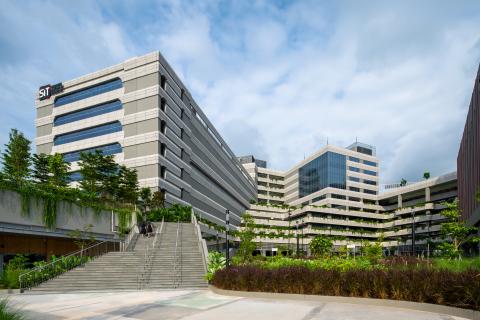
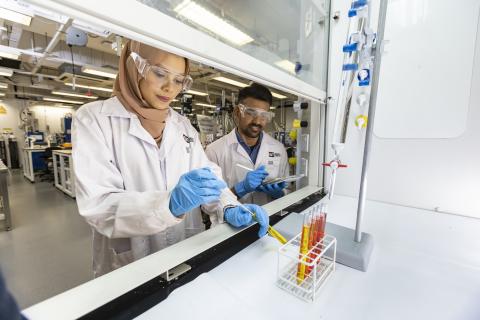

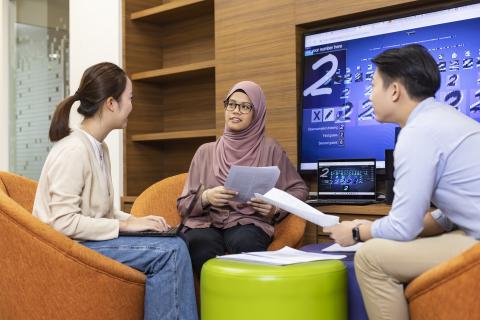


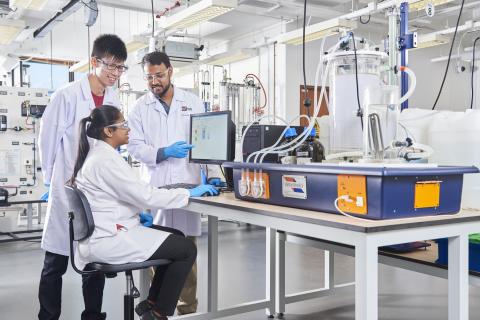
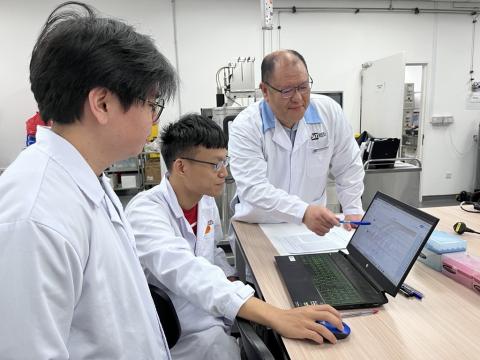
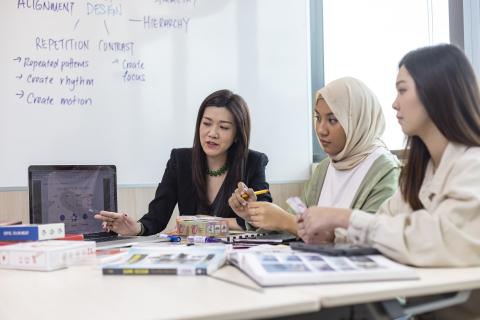

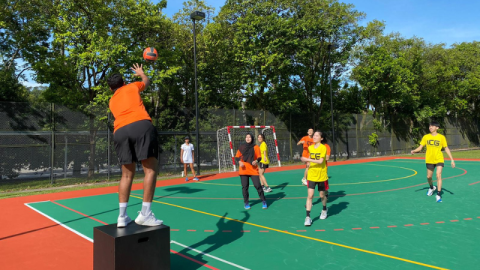
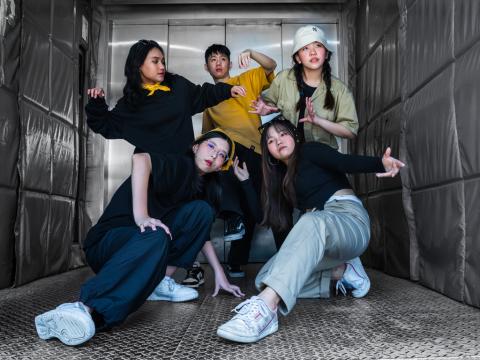



![[FA] SIT One SITizen Alumni Initiative_Web banner_1244px x 688px.jpg](/sites/default/files/2024-12/%5BFA%5D%20%20SIT%20One%20SITizen%20Alumni%20Initiative_Web%20banner_1244px%20x%20688px.jpg)

